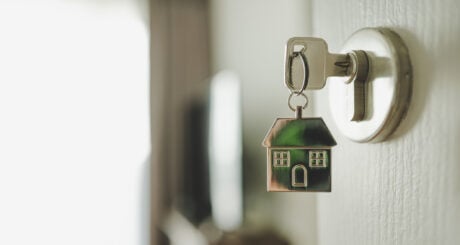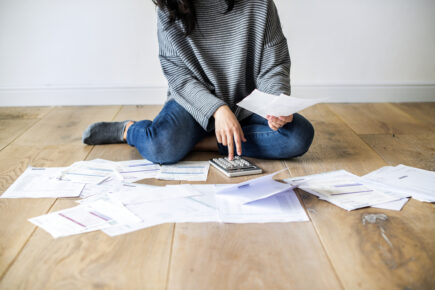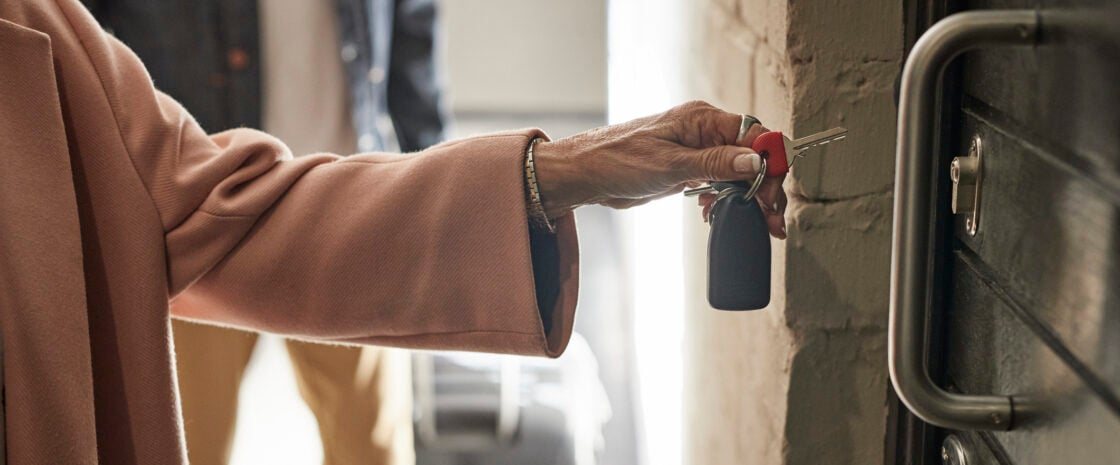The terms lease and rent are often used interchangeably in Australia, but they actually mean different things when it comes to property.
What’s the difference between a lease and a rent?
When people say they are leasing or renting residential property, we understand they are paying to live in a house or apartment they do not own. Technically, though, these terms have slightly different meanings.
- A lease is a contract granting access to the use of an asset — in this case, a house or apartment. It is also used in commercial property when an owner grants access to an office, workshop or building to an individual or an enterprise.
- Rent, although very similar, is when you pay a property owner to live in their house or apartment. The key difference is that rental contracts can be changed in some circumstances if there is sufficient notice or both parties agree.
In Australia, leases tend to be for longer contract periods, usually 12 months or more, while rents are typically conducted over a time frame of 30 days or more.
» MORE: Can you pay rent with a credit card in Australia?
What does it mean to rent a property?
When renting a property, you are paying a landlord to live in their property. These payments can be made weekly, fortnightly or monthly.
The landlord may change the contract during the term, though the laws differ in each state. This is why it’s essential for tenants to read their rental contracts carefully and to understand the laws in their state regarding payment increases during rental terms.
However, on the flip side, rental contracts also allow tenants to break contracts based on certain conditions and with the appropriate notice. Again, this depends on your contract, but a key difference to leases is that it is usually possible in a rental and more difficult to break in a lease.
Types of rental agreements
Rental agreements differ from state to state, though there are three main types of rental agreements.
Short-term fixed agreements
This is the most common form of residential rental agreement. It typically lasts between six and 12 months but can be up to five years long.
Long-term fixed agreements
These are rental agreements of more than five years. These are less common in Australia but can provide more security than a short-term agreement. If you break a long-term rental agreement, you will likely have to pay one month’s rent for every year remaining on the contract.
Periodic (month-to-month) agreements
These agreements do not have an end date. Month-to-month agreements can be terminated by either party with less notice than short-term or long-term agreements.
» MORE: Should you buy or rent?
What does it mean to lease a property?
Leasing a property means the owner has agreed to give you access to an asset — in this case, a property. The main advantage of a lease is that both parties agree on a set period of time, usually between six and 12 months.
When you sign the lease, you agree to pay the owner weekly, fortnightly or monthly to live in their property. The terms of this contract are usually more difficult to break for both the owner and the tenant. This means the owner’s less likely to increase the rent during the tenancy period.
On the flip side, it is more difficult to break the terms of the contract. If your income or financial situation changes, you still have to meet the terms until the end of the contract period or until the landlord finds a new tenant.
The terms of each lease may differ slightly. You should always carefully read your contract so you know your obligations as a tenant and whether your landlord can increase the rent during the tenancy period.
Types of lease agreements
Much like renting, lease agreements can be short-term, long-term or periodic.
Short-term fixed agreements
These are usually agreements of six months or shorter.
Long-term fixed agreements
These are for periods of between one and five years and provide more security to the tenant and owner.
Periodic (month-to-month) agreements
These agreements can be terminated on shorter notice by either the tenant or owner. They provide more flexibility but less security for both parties.
Types of properties you can lease or rent
When looking for somewhere to live, you can search for properties like houses, apartments or units that can be rented or leased. However, if you are looking for a place to run a business or work, like an office or workshop, these properties are more commonly leased.
Whether you are looking to lease or rent, you should make sure the contract includes the following basic information:
- The details of who is renting and who is the landlord
- How much rent is due and how frequently
- The length of the tenancy agreement
- The bond or deposit
- Specific restrictions/obligations on maintenance and the use of the premises
- Special terms to the tenant or landlord for things such as rental increases.
» MORE: Rentvesting 101
Lease vs. rent: how to choose the best option for you
The decision to rent or lease will come down to your individual circumstances. Renting offers more flexibility to break the contract should your situation suddenly change, but may leave you more vulnerable to rental increases during the tenancy.
On the other hand, leasing provides more security for both the owner and tenant, but the contract can be harder to break if you face unforeseen financial or life changes. Leasing is not necessarily cheaper than renting, but locking in a longer-term contract could save you money by avoiding an increase during the contract period.
When deciding how long you want to live somewhere, you should ask yourself questions regarding how much your income is likely to change or whether you will stay in the same position or even location for long.
Regardless of whether you choose to rent or lease, make sure you carefully read your tenancy contract and understand your rights as a tenant/landlord in your state or territory.
DIVE EVEN DEEPER

17 Types Of Home Loans For Buyers, Investors And Property Owners
Know the common home loan types for Australian buyers, investors and property owners so you can choose the best option for you.

Dealing With Debt And Its Impact On Your Financial Health
You know what debt is, but you might not realise its true cost.

What is Principal and Interest on a Home Loan?
Principal is the amount of money borrowed from a lender; interest is the extra amount charged by lenders in exchange for using their funds.

How to Make Passive Income
Passive income can offer breathing space when your finances are tight, but whether a cash stream is passive or not isn’t always clear-cut.

